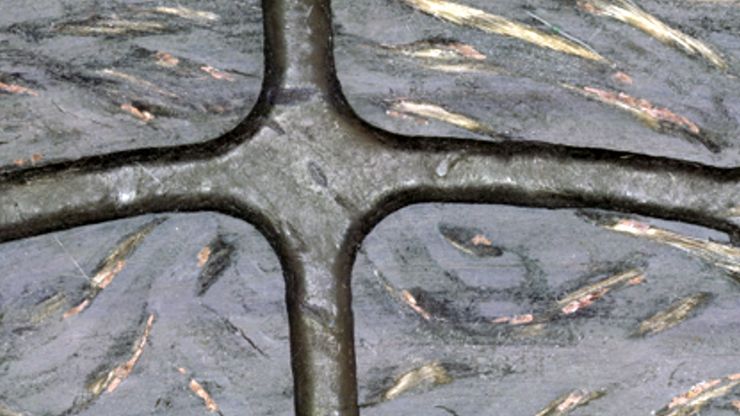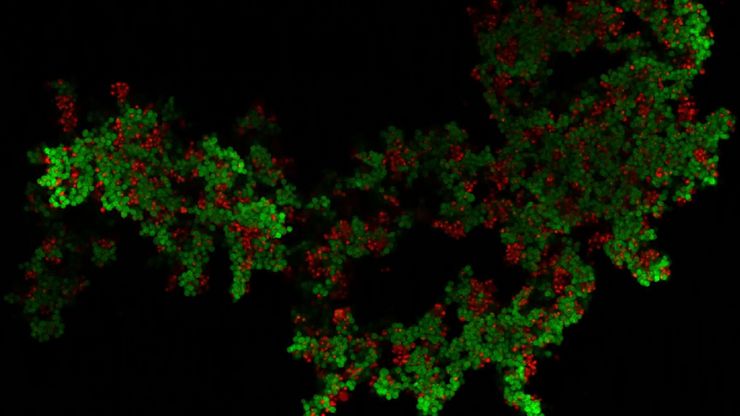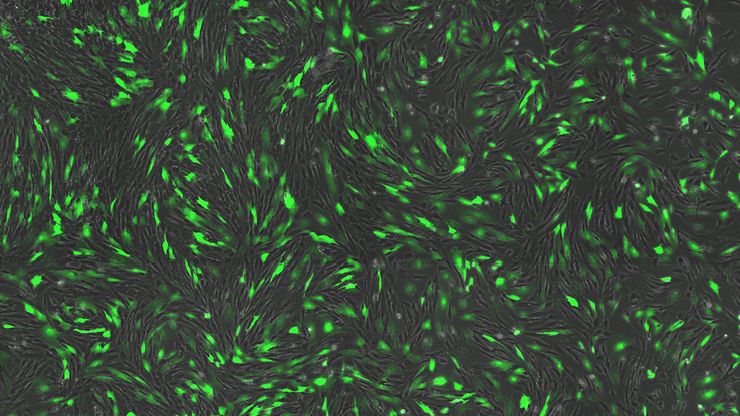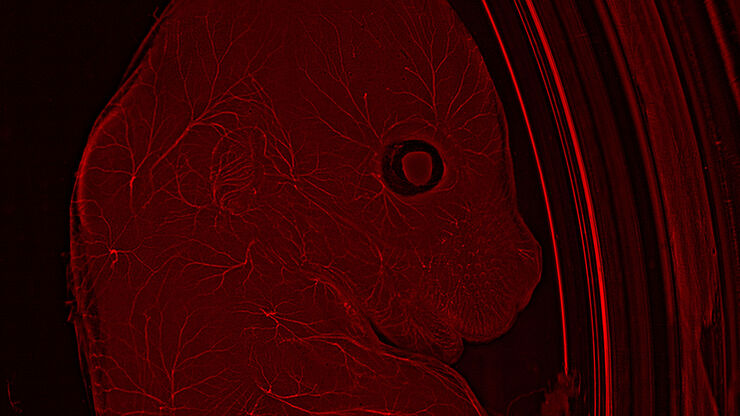Filter articles
标签
产品
Loading...

验证汽车零部件的规格
在汽车零部件的开发和生产过程中,无论是供应商还是汽车制造商,都必须符合规格要求。这些规格对保持汽车和其他车辆在生命周期内的性能标准和安全运行至关重要[1,2,3]。在满足或超越日益严格的质量标准的同时,对更高效和更具成本效益的零部件开发和生产的需求一直在提高。本文解释了如何用数码显微镜轻松快速地研究和记录零件以确定其是否符合规格要求。
Loading...

Mica: A Game-changer for Collaborative Research at Imperial College London
This interview highlights the transformative impact of Mica at Imperial College London. Scientists explain how Mica has been a game-changer, expanding research possibilities and facilitating…
Loading...

From Bench to Beam: A Complete Correlative Cryo Light Microscopy Workflow
In the webinar entitled "A Multimodal Vitreous Crusade, a Cryo Correlative Workflow from Bench to Beam" a team of experts discusses the exciting world of correlative workflows for structural biology…
Loading...

Designing the Future with Stem Cell and RNA Technology
Visionary biotech start-up Uncommon Bio is tackling one of the world’s biggest health challenges: food sustainability. In this webinar, Stem Cell Scientist Samuel East will show how they use RNA…
Loading...

模式生物研究
模式生物是研究人员用来研究特定生物学过程的物种。 它们具有与人类相似的遗传特征,通常用于遗传学、发育生物学和神经科学等研究领域。 选择模式生物的原因通常是它们在实验室环境中易于保持和繁殖、生成周期短,或能够产生突变体来研究某些性状或疾病。
Loading...
![[Translate to chinese:] Area of a printed circuit board (PCB) which was imaged with extended depth of field (EDOF) using digital microscopy. [Translate to chinese:] Area of a printed circuit board (PCB) which was imaged with extended depth of field (EDOF) using digital microscopy.](/fileadmin/_processed_/e/e/csm_PCB_imaged_with_EDOF_using_digital_microscopy_228d815bd1.jpg)
如何形成清晰的图像
在显微镜检查中,景深常被看做经验参数。在实际操作中,会根据数值孔径、分辨率和放大率之间的相关性确定该参数。为了获得最佳视觉效果,现代显微镜的调节设备在景深和分辨率之间实现了最佳平衡,这两个参数在理论上呈负相关。
Loading...

Dive into Pancreatic Cancer Research with the Big Data Viewer
Pancreatic cancer, with a mortality rate near 40%, is challenging to treat due to its proximity to major organs. This story explores the complex biology of pancreatic ductal adenocarcinoma (PDAC),…
Loading...

Uncover the Hidden Complexity of Colon Cancer with the Big Data Viewer
Colorectal cancer poses a significant health burden. While surgery is effective initially, some patients develop recurrent secondary disease with poor prognosis, necessitating advanced therapies like…


